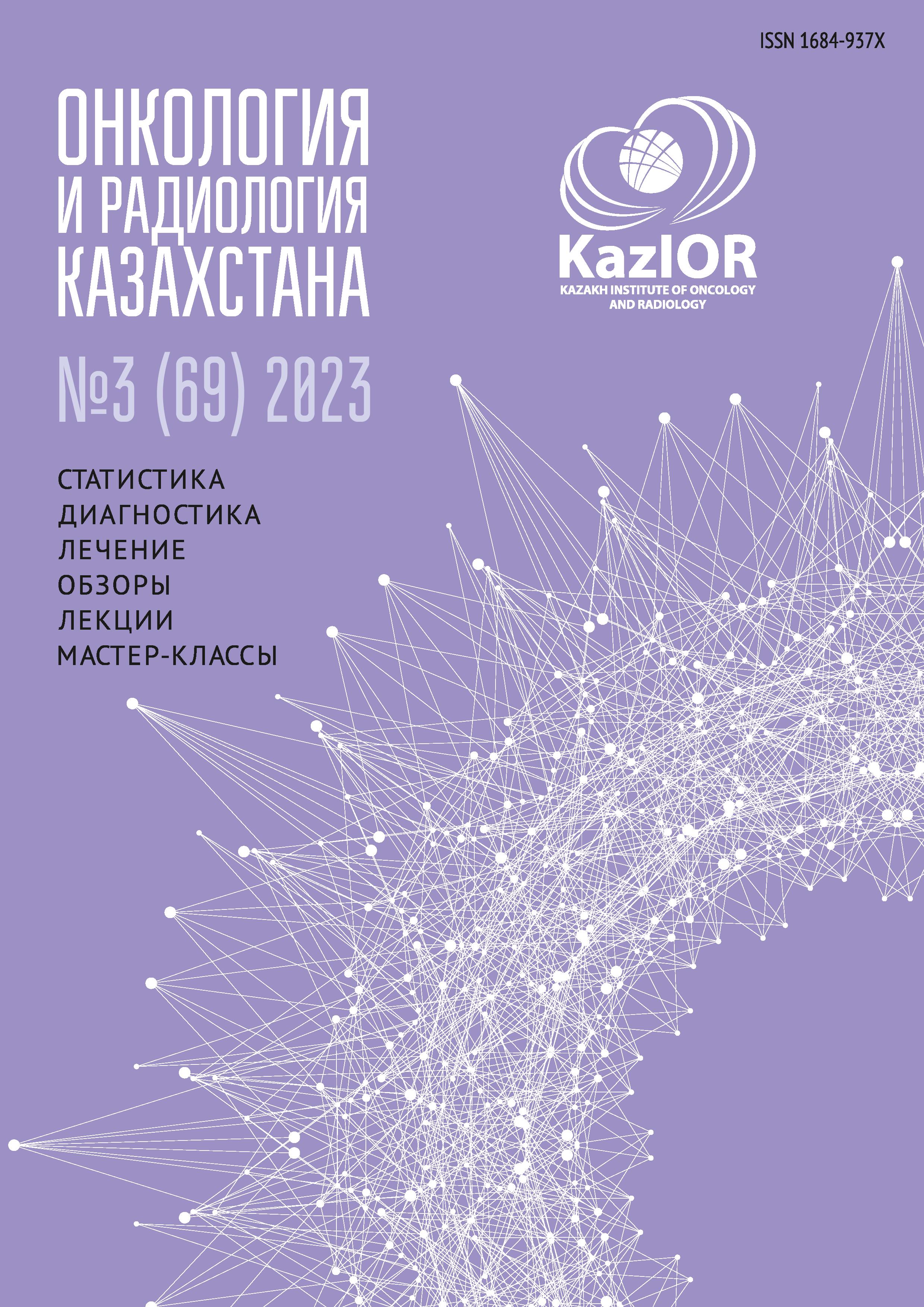The effect of the extent of surgery and lymph node dissection on the development of metachronous peritoneal dissemination in gastric cancer
Keywords:
gastric cancer, metachronous peritoneal dissemination, cumulative incidence, surgical treatmentAbstract
Relevance: Metachronous peritoneal dissemination (MPD) is among the top factors in the structure of gastric cancer (GC) progression, considerably worsening radical surgery outcomes. Since cancer cell dissemination in the peritoneal cavity is often triggered during surgery, assessing its role in MPD development is important.
The study aimed to assessment of the effect of the extent of radical surgery and lymph node dissection on the MPD development in radically operated gastric cancer patients.
Methods: The results of radical surgery performed on 1080 patients with gastric cancer (рТ1-4N0-3M0) without spreading to the esophagus were assessed (647 males and 433 females) depending on the extent of surgical treatment (proximal/distal subtotal gastric resection (SGR), n=639 / gastrectomy (GE), n=334; standard/combined surgery, n=973/107) and the extent of lymph node dissection (LD) – D1 (n=151) or D2 (n=929). Also assessed were survival rates (Kaplan-Meyer multiplier estimation method), cumulative incidence (CI) of competing events – MPD, metastases of other localizations, and mortality cases unrelated to gastric cancer (competing risks analysis).
Results: The analysis showed a statistically significant increase in the cumulative incidence of GC progression after combined operations (55.6±4.9%) as compared with the standard radical treatment (GE – 42.3±2.7%, SRG – 25.6±1.7%, respectively), including an increase in MPD CI in each of applied surgical procedures (respectively after combined operations – 36.8±4.7%; after standard GE – 21.6±2.3% and SRG – 11.1±1.2% (рGray<0.001)). In the event of the presence of lymphohematogenous metastases of other localizations, the relevant figures were 9.4±2.9% after combined operations, after standard GE and SRG – 9.3±1.6%, 5.0±0.9% respectively (рGray=0.022). The presence of lymph node metastases led to an increase in MPD CI after LD D1 from 8.3±2.8% (pN0) to 29.1±6.2% (рN1-3) (рGray<0.05), those after LD D2 increased from 9.4±1.3% (pN0) to 27.3±2.1% (рN1-3) (рGray<0.05).
Conclusion: It is advisable to assess the extent of the planned surgical treatment and the condition of local lymph nodes when evaluating the probability of MPD development. The applied lymph dissection procedure did not affect the cumulative incidence of GC progression, including MPD development.

